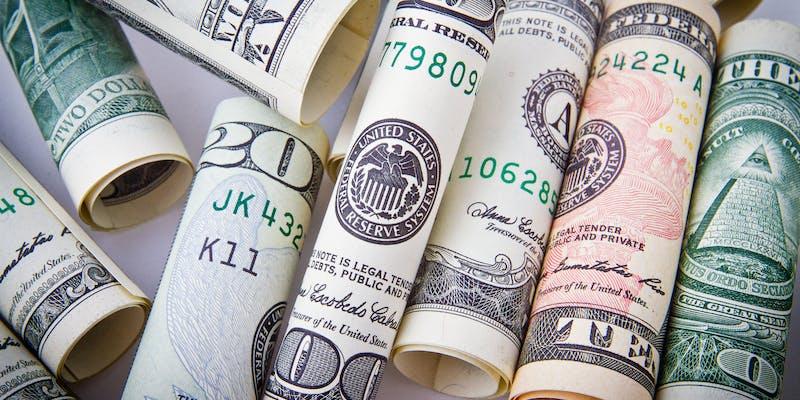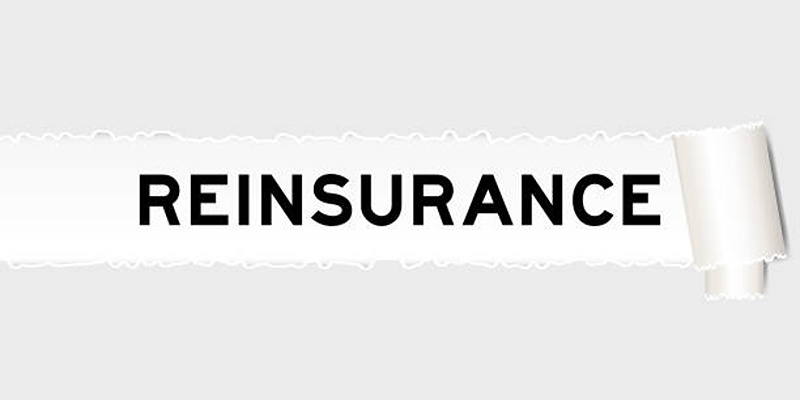Former Japanese Prime Minister Shinzo Abe's economic strategies, known as Abenomics, sought to revive Japan's deflating economy. The "three arrows" of Abenomics analysis comprised the strategy.
The initial arrow was a big fiscal stimulus. The 2013 economic stimulus package totaled 20.2 trillion yen, or $210 billion. This included 10.3 trillion yen ($116 billion) for direct government spending. This stimulus package, one of Japan's largest, focused on earthquake-resistant bridges, tunnels, and roads. After that, 5.5 trillion yen was added in April 2014 and 3.5 trillion after the December 2014 elections.
The second arrow, unconventional monetary policy, was driven by the BOJ's extraordinary asset purchase program. Greg Ip of the Wall Street Journal called it a "gigantic experiment in monetary policy" and said the BOJ was trying something new with negative interest rates and quantitative easing. The plan flooded the market with cash to boost lending and investment.
The third arrow from the Abenomics three arrows was to make crucial framework changes. This included reducing business regulations, liberalizing labor and agriculture, lowering corporate taxes, and increasing workforce diversity. These reforms aimed to restore Japan's global competitiveness.
Abenomics Monetary Policy
Under BOJ, the bank launched an ambitious quantitative easing program in 2013, expanding its balance sheet. Despite efforts, inflation remained below 1 percent by 2017. Thus, the BOJ pledged to buy $660 billion in assets annually in a more aggressive quantitative easing (QE) phase. This phase would last until Japan meets its 2% inflation target.
The BOJ's asset purchases exceeded 70% of Japan's GDP, making them unprecedented. Conversely, the U.S. Federal Reserve and European Central Bank had assets below 25% of their GDPs.
In January 2016, Governor Kuroda boldly introduced negative interest rates to boost the economy. This decision placed Japan alongside the central banks of the European Union, Denmark, Sweden, and Switzerland, all of which had implemented rates below zero. The BOJ’s negative rates and continuing asset purchases led to concerns among some economists about potential harm to the banking system and the risk of speculative bubbles. Despite these concerns, the BOJ maintained its policy, keeping the negative interest rate minus 0.1 percent into 2018.
Implementing Structural Reform

Abenomics three arrows approach, relies on structural reforms. After winning the October 2017 election, Prime Minister Abe's agenda grew. Although slow, these changes are essential to the plan's success.
A comprehensive reform program was introduced by Abe in 2014. This package included corporate tax abolition, agricultural liberalization, labor market reform, and an overhaul of the energy, environmental, and healthcare regulatory frameworks. The coalition has been a strong presence in parliament for more than five years, yet little has been accomplished. The scarcity of workers is negatively impacting Japan’s economy.
Over the next half-century, Japan's workforce might shrink by over one-third, building upon the 6% decrease of the past ten years. In 2015, in response, Abe launched "Abenomics analysis 2.0," focusing on enhancing social security and the birthrate. The government developed a new job to address Japan's demographic challenges.
The government pushed companies to recruit additional female managers as a solution. Abe committed a whopping 2 trillion yen ($17.6 billion) towards childcare and education. Low-income families can now access free preschool for their kids between three and five years of age.
They aim to boost female workforce participation from 68% to 73% by 2020 as part of the womenomics strategy. We now aim for 15% of senior corporate positions to be held by women by 2020. The government believes raising women's wages and employment status will increase birth rates, following Sweden and Denmark. The labor force participation rate of women is low.
Abe also plans to change Japan's permanent-temporary employment system. His labor reforms have reduced the excessive work culture that causes mental health issues and suicides. In 2017, the unemployment rate fell below 3% for the first time in 23 years, indicating a strengthening labor market. The Abenomics analysis study must show how these policies have affected the Japanese workforce.
Impact of U.S. TPP Withdrawal on Japan

The U.S. withdrawal from the TPP heavily impacts Japan's economic reform. Prime Minister Abe promoted agricultural reforms through the TPP, a US-Pacific trade agreement. He reached a crucial agreement with JA-Zenchu in 2014 to reduce its influence on Japan's modernization of the farming industry. The agricultural lobby opposed the TPP because it worried about losing tariffs and protections.
Since the Trans-Pacific Partnership (TPP) is no longer being considered, President Trump's preference for a US-Japan bilateral trade agreement presents additional challenges. These negotiations may require Japan to reduce tariffs and reform agriculture, motor vehicles, and intellectual property. Abe's administration hasn't responded to U.S. requests for talks.
After the US left the TPP, the remaining countries acted. The Comprehensive and Progressive Agreement for Trans-Pacific Partnership is their alternative. President Trump will reconsider joining the TPP if it offers a better deal.
Risks of Abenomics
The three-part abenomics analysis strategy—monetary easing, fiscal stimulus, and structural reforms—has its challenges. Hyperinflation from assertive economic measures is a major concern. However, some believe these measures won't solve Japan's deflation. Japan's massive national debt, over one quadrillion yen (about $11 trillion), represents 245% of its GDP and remains a major issue. The IMF has stressed this debt's nonviability.
Prime Minister Shinzo Abe raised taxes to reduce the deficit, contradicting his other economic policies. In 2014, the national consumption tax rate rose from 5% to 8%, which hurt consumer spending and could have caused a recession. Due to this, the 10% increases were delayed to 2017 and then 2019.
The Bank of Japan's innovative negative interest rate strategy has also been questioned. A slim majority on the BOJ board approved this decision, raising concerns about the effects on the banking sector. Instead of encouraging spending, negative interest rates may encourage cash accumulation, worsening deflation.
Critics of Abenomics explained also point to Japan's 1990s economic downturn's excessive spending on unnecessary infrastructure projects, raising concerns that Abe's stimulus plans could increase the national debt without improving productivity.




